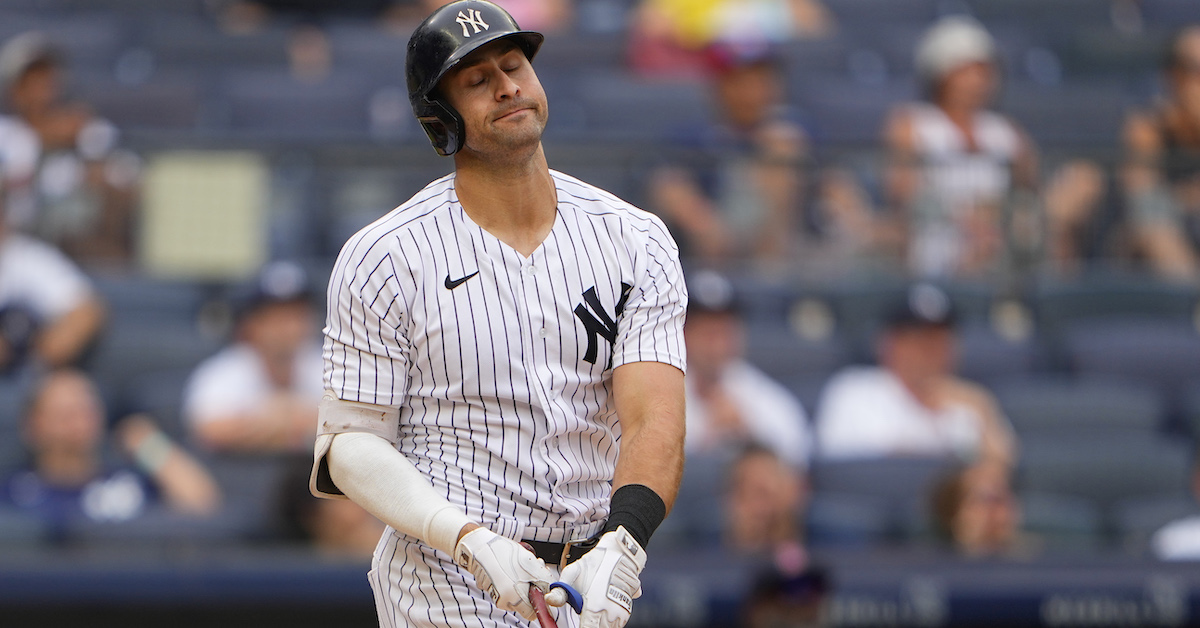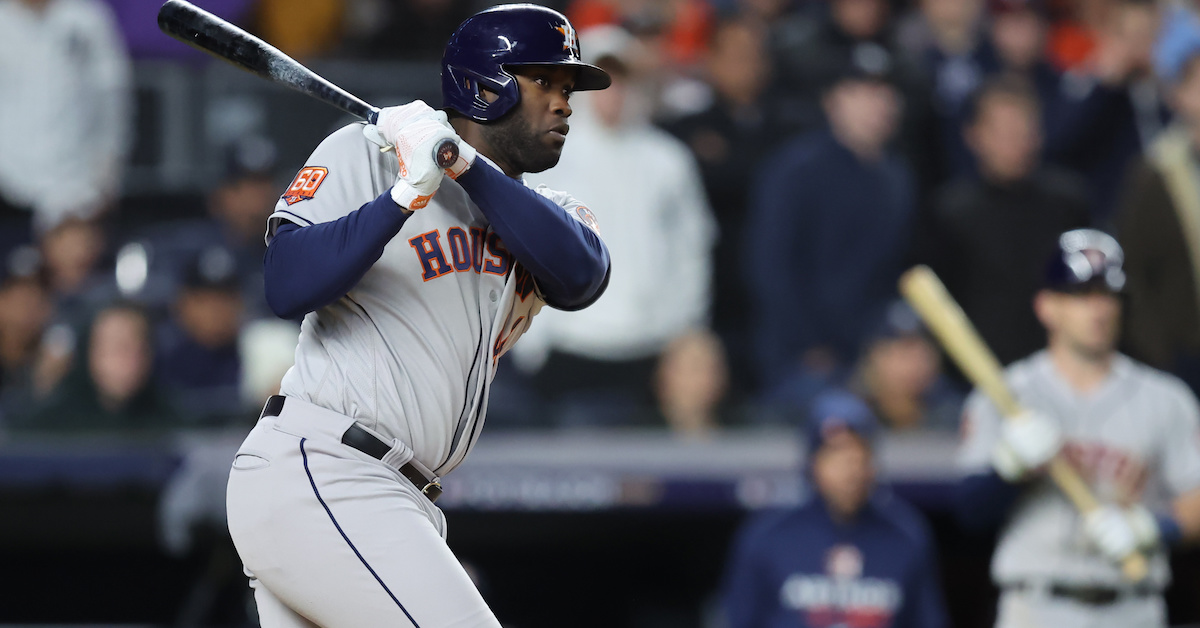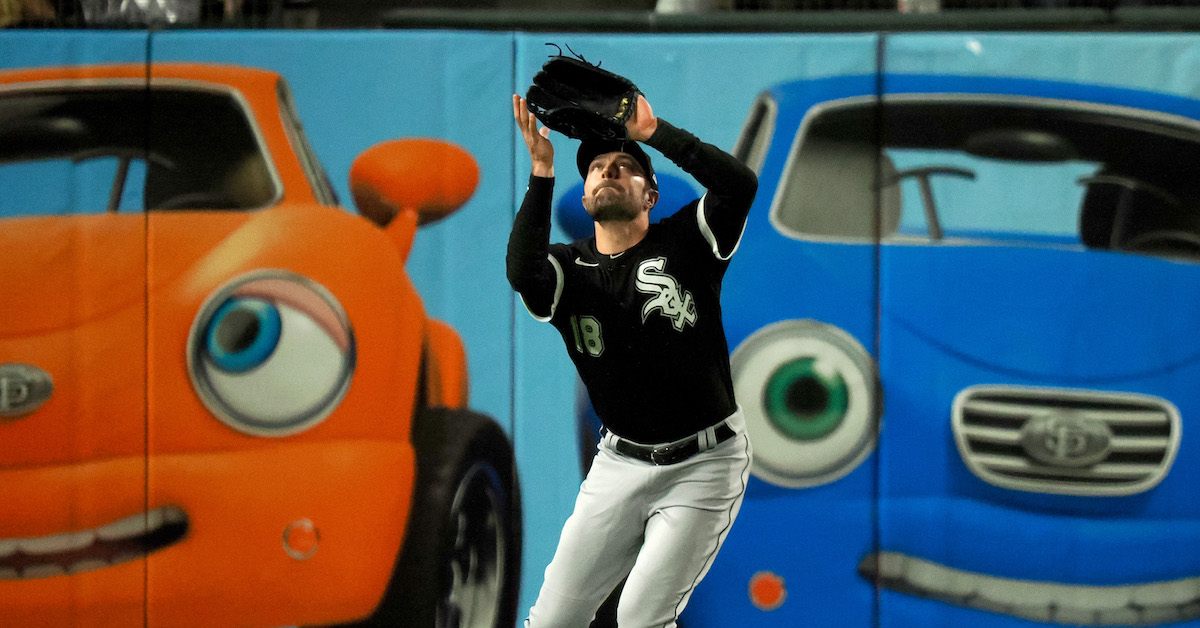An Emergency Hackathon: Multiple Swings at Analyzing Two-Strike Approach

Growing up a Yankees fan, I quickly became familiar with many Michael Kay-isms. Every home game starts with a “let’s do it here in the Bronx,” every home run elicits a “see ya!” and every caught stealing followed by a home run prompts a lecture on the fallacy of the predetermined outcome. Some of these sayings are worthy of further examination. For example, Kay’s favorite “fallacy” — assuming that the runner who was caught stealing would have scored had he not failed to swipe a bag — warrants a second look, but there’s another one that I’ve always been especially intrigued by, one more ripe for analysis.
When a hitter expands the zone on two strikes, waving in the wind to try to extend the at bat with a foul, Kay describes their swing as an “emergency” or “defensive hack.” There’s no doubt that hitters chase more with two strikes: in 2021, they pulled the trigger on 39.0% of two-strike balls but only 22.0% of other wild ones. In 2022, those numbers were 40.3% and 23.5%, respectively. But given the ever-present nature of strikeouts in today’s game, I’ve wondered if some players have lost any semblance of two-strike panic, not minding the K and not bothering to try to fight off pitches. On the other hand, maybe the increase in strikeouts indicates a further expansion of the zone in tandem with less contact in this era rife with three true outcomes types (see Gallo, Joey). Read the rest of this entry »









